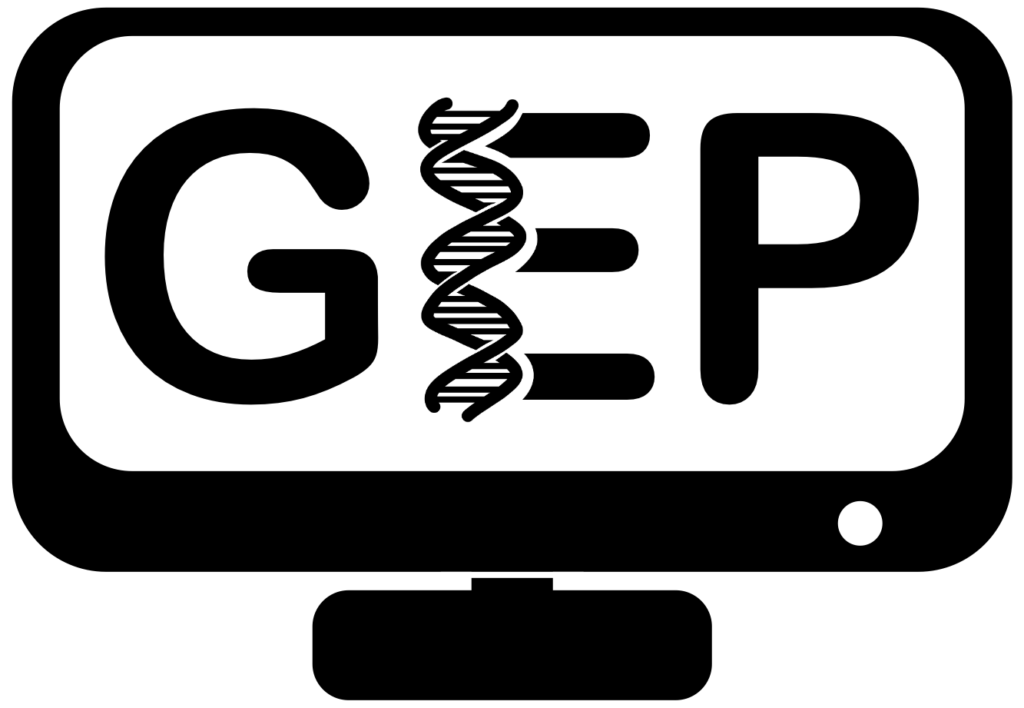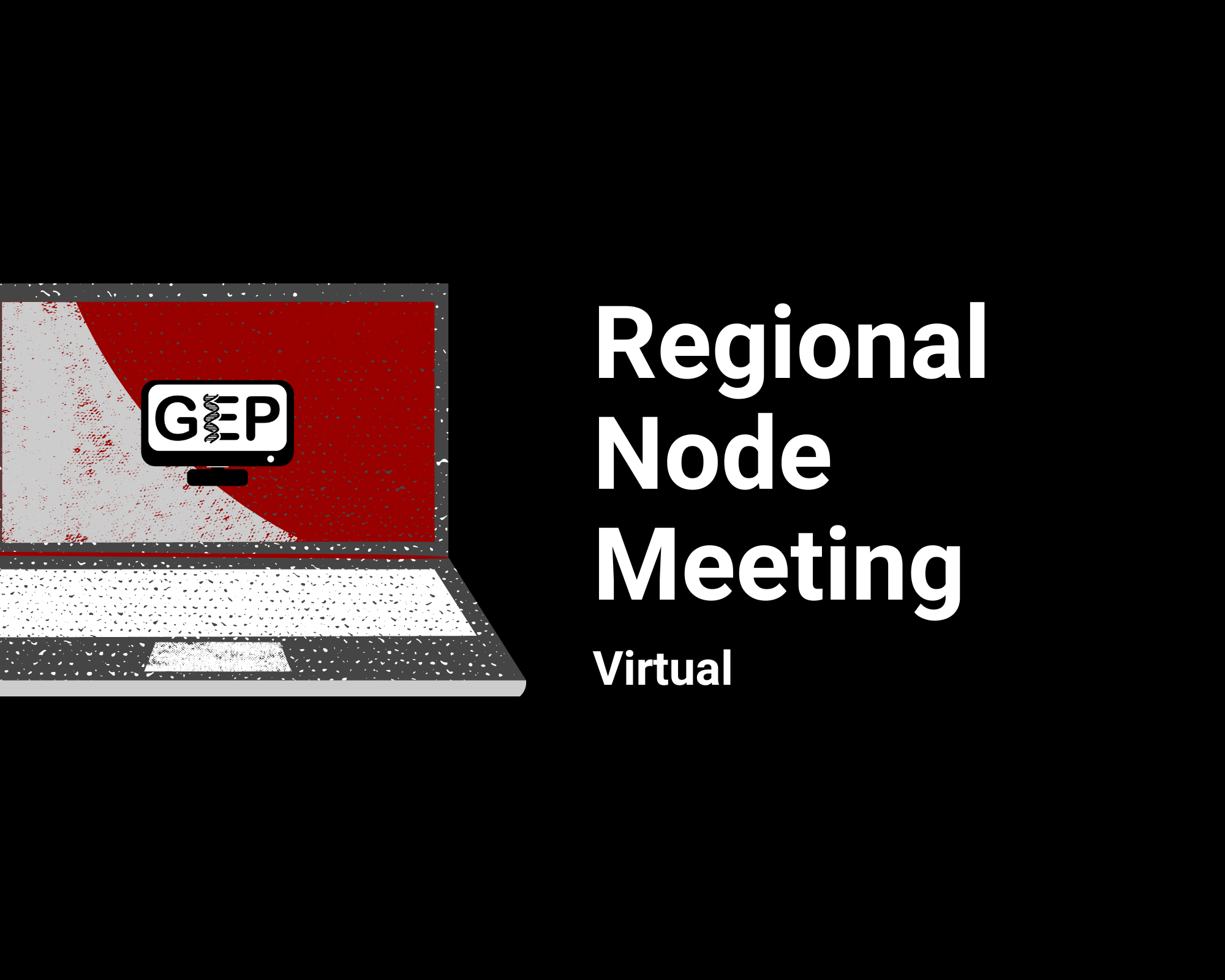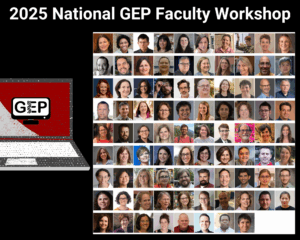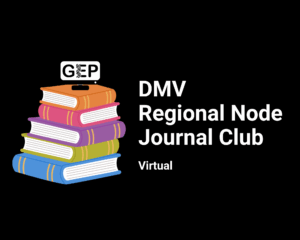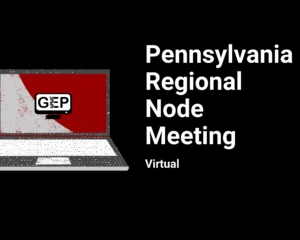On April 17, 2024, the Rocky Mountain Node held a virtual Regional Node Meeting. It was organized by Dr. Shan Hays and Dr. Zeynep Ozsoy. The meeting was attended by seven Node members and three speakers–two undergraduates and one graduate student.
The first half of the meeting consisted of talks by undergraduate students who have been involved with the Tamarisk Beetle Project, which includes a genome annotation component that Node member, Dr. Amanda Stahlke, is developing for implementation by GEP members. Francisca (Frankie) Esquivel, one of Dr. Stahlke and Dr. Ozsoy’s students, gave a talk entitled, “Genetic Monitoring of Tamarisk Beetles (Diorhabda spp.).” Multiple species of tamarisk beetles have been introduced into invasive tamarisk habitat and Frankie’s work in an ongoing barcoding project has identified multiple unexpected hybridization events between the species.
The existing populations of tamarisk beetles have expanded beyond the expected range, primarily through modification of diapause (an “actively induced” dormancy that blocks developmental growth of an organism in anticipation of a major harsh seasonal change, such as winter). In order to determine the genetic changes that have occurred in these populations, it will first be necessary to annotate genes expected to be involved in diapause. Emma Shelton, a former student of Dr. Amanda Stahlk, has worked on developing annotation processes for these species and she explained them to us in her talk, entitled, “Diorhabda Annotation Walkthrough Beta Version.” Genome sequences of the different species have been generated in different manners, so there are differences in the manner in which each species will be approached in the gene annotation process. Some tools that are common in other annotation pipelines, such as the Gene Model Checker, are not yet developed for this project, meaning that some additional steps are required with this process.
In the second half of the meeting, Chris Schaaf, former student of Dr. Zeynep Ozsoy, and current PhD Candidate in the Sussel Lab at the Barbara Davis Center for Diabetes, University of Colorado Anschutz Medical Campus, gave a talk entitled, “The Role of NKX2.2 in the Developing Pancreas.” In particular, he focused on the cell fate determination pathway that leads to the endocrine cells of the pancreas, by using a NKX2.2 KO human cell line that he generated. He has found that NKX2.2 is playing a role in endocrine commitment and may do so through a novel manner by regulating metabolic flux, thereby affecting availability of acetyl groups to be used in the epigenetic modifications (histone acetylation) of target genes.
